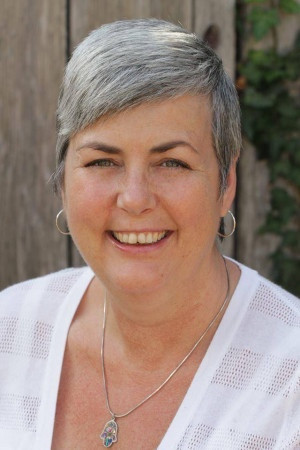Teacher education professor launches children’s literature blog to create More Shelf Awareness
Open gallery

Alisun Thompson, Assistant Professor of Education, has launched More Shelf Awareness, a children’s literature blog for her literacy methods course. The objective of the blog as a course tool is linked to culturally responsive teaching practices—recognizing the importance of including students’ cultural references in all aspects of learning. Thompson’s goal for the project is to open up a conversation and a dialogue about representation in children’s literature in order to begin to disrupt the whiteness that prevails throughout literature instruction in the United States.
Thompson explains that More Shelf Awareness is grounded in a schema called “Mirrors, Windows, and Sliding Glass Doors,” developed by an author of color, Rudine Sims Bishop. Bishop says children’s literature should be a mirror where all kids are able to see their own life reflected in the books they read, but that it also needs to serve as a window into reality and not just imaginary worlds.
“Literature opens us up to see the lived experiences of people who are different than us,” adds Thompson. “In multicultural education, there is often a focus on the mirror aspect, but the window piece is missing. More Shelf Awareness is why diverse inclusive literature is good for all kids.”
In addition, More Shelf Awareness is a space where teachers can focus their energy to mitigate what Thompson calls the ‘representation gap’ that exists in children’s literature.
The Representation Gap and Why it Matters, an article within More Shelf Awareness, shares an updated infographic illustrating the disparities in children’s literature based on race. “It shows that 50% of the books published for children feature primarily White characters, while only 1% feature First Nations/Indigenous, 5% Latinx, 7% Asian Pacific Islander, and 10% African American. After White characters, the next largest group represented in children’s literature is animals/other at 27% — more than all (non-White) racial categories combined.
While the project continues to grow and develop new strategies to target a bigger audience of educators and parents, Thompson and her students are planning to mold the content for the next series of book reviews.
“One of the things that we are talking about is creating tags that take into account kindergarten to 2nd, 3rd to 5th, and so on. In 5 years I would love to see that we have accumulated 2-3-4-5 years worth of reviews. By clicking a tag, a reader could access 10-plus books that are screened for kindergarten to 2nd grade, for example, on the topic of social justice or identity.”
Visit More Shelf Awareness to find out more, or follow them on Instagram and Facebook.
Graduate Communications is located in room 205 of Rogers Hall on the Graduate Campus.
voice 503-768-6054
fax 503-768-6053
Graduate Communications
Lewis & Clark
615 S. Palatine Hill Road
Portland OR 97219

